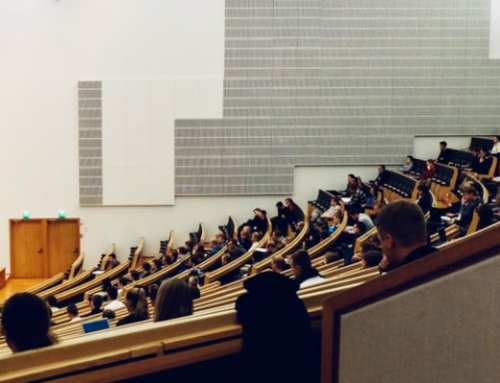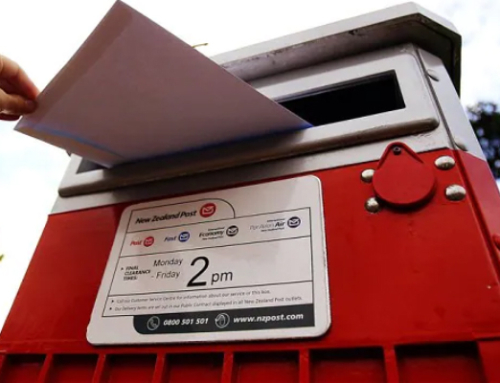Roughly a year ago a professional colleague of mine, Andrew Bryant, suggested I start blogging on LinkedIn. “You need to start building a broader profile”. Andrew said. “LinkedIn is a platform that people go to determine whether you are the right executive coach for their business. You need to give them something to judge you on”. While I was no stranger to social media I was someone who you would call a ‘non-active participant’. I have never had a Facebook page and while I had been a member on LinkedIn since 2005 I was more passive than active. I viewed my LinkedIn page as a CV and digital Rolodex. I had no social media strategy nor did I believe I required one.
After some thought, and conversations with my peers, I decided Andrew may be right and the push he gave was the catalyst I needed. The time had come to engage in the world of social media. If I was going to make this work I knew that I had to set myself a goal. Not to do things by half I decided I would give myself the target of blogging for one-year with the aim to write the equivalent of a post every two weeks. At the end of the year I could see what I had accomplished and determine the value to me, both personally and professionally, of a more engaged approach to social media.
So in June 2015 the LinkedIn Challenge was created: One year, 26 blogs. While the last few months have required a focussed effort to meet the challenge set, the target has been achieved. As a follower of best practice goal-setting I’m mindful of the need to review goals constantly, and regularly, and to reflect on lessons learnt when goals are achieved. With this in mind, here are seven key lessons that, post reflection, I gained from my LinkedIn challenge:
- Through LinkedIn posting I became comfortable with social media: Prior to blogging on LinkedIn I was very conservative with how I interacted with social media. I would be extremely careful with what I posted. Through blogging, and selecting pictures for my blog, I became far more comfortable pushing the boundaries. A classic case in point was my blog on willpower. I laboured over the image to choose but felt the final picture both captured the topic well while sharing an important period in my past. I had nothing but favourable comments on the post. This was just reward for taking a risk, the courage for which was built from the previous nine months testing the water.
- LinkedIn allowed me to debate controversy: Building on from my growing comfort with social media I became comfortable debating ideas in the public forum. Our company, OPRA, also developed a slide share presence during over this year. Many of these slide shares presented ideas that naturally lent themselves to constructive dialogue. My capacity to engage in such debate was enhanced through the lessons learnt blogging and engaging with my readers. The result was enriching debate which was far more valuable than would have been the case had controversy not been courted.
- LinkedIn posting made me realise that people are more interested in what I had to say then I expected: I was genuinely surprised that, on average, I got 100 odd reads of my posts. According to Researchgate the reads over the year far exceed the citations of my academic work in 2016! If impact is what one is after then writing for LinkedIn provided a receptive audience.
- LinkedIn posting gave me an audience beyond my contacts: Many of the likes and comments were from people I had never heard of. The feeling of having struck a chord with a stranger was one of the more rewarding aspects of writing. This has resulted in sharing of ideas and work beyond my immediate circle and was a welcome side-effect of regular blogging.
- LinkedIn posting gave my client’s a broader perspective of my professional and personal self: Through blogging on LinkedIn I was able to present a far broader picture of my thinking, interests and influences then I had previously. By chucking topics I was able to post a series of blogs covering different aspects of my professional and personal life. Friends and colleagues noted that they enjoyed knowing a little bit more about my background, and what I was interested in beyond psychology. For my readers, the process rounded out my professional profile and created a sense of integrity between the various aspects of my past and present. As a positive side-effect, these blogs are now available for future colleagues and clients to review.
- LinkedIn helped me to test the frequency and timing of posts for impact. During the course of the year I experimented with various social media strategies. This included everything from multiple postings during the day, participation in groups, responding to others posts and variable timing of posting the blogs. In the end I think I have been able to find a strategy that works for me and is in line with my profession. The fine-line of adding value to friends and colleagues without being annoying is a balance. Through my experience of blogging I think I have started to understand that balance far better.
- LinkedIn posting taught me the real value of impact: The best way to tackle a novel task is mentoring from someone would has walked the road successfully before you. In my case that mentorship came from a colleague of mine Jasbindar who kindly gave up some time to discuss blogging strategy. As a successful blogger Jasbindar had many great words of advice, a key being to focus on the header. After reviewing her work, a term that appeared to be particularly successful was the word ‘mojo’. While not achieving the viral status of Jasbindar posts the word certainly did appear to resonate with my readers resulting in my most read blog; push play and get your mojo back. Content is King but the trumpet player is the headline.
The challenge is now complete. To all those who took the time to read my various pieces I would like to take the opportunity to say thanks. Your support certainly helped make the process a lot more enjoyable than would have otherwise been the case. To those who liked my pieces and took the time to comment, clearly great minds think alike. To those that thought the opposite, thanks for keeping your views to yourself!
Having completed my self-imposed LinkedIn challenge, I have chosen to pull back from regular blogging on LinkedIn. I’m keen to now work on more substantive pieces; both in academic writing and popular press. Moreover, during this time interest in the company has grown and looking after our followers and community is where my focus on LinkedIn should now be. This does not mean that the blogging will finish, rather that the frequency will be dramatically reduced. My LinkedIn Challenge has come to a close and the baton is now passed. I now look forward to reading the thoughts of the next incumbent to the LinkedIn Challenge.






